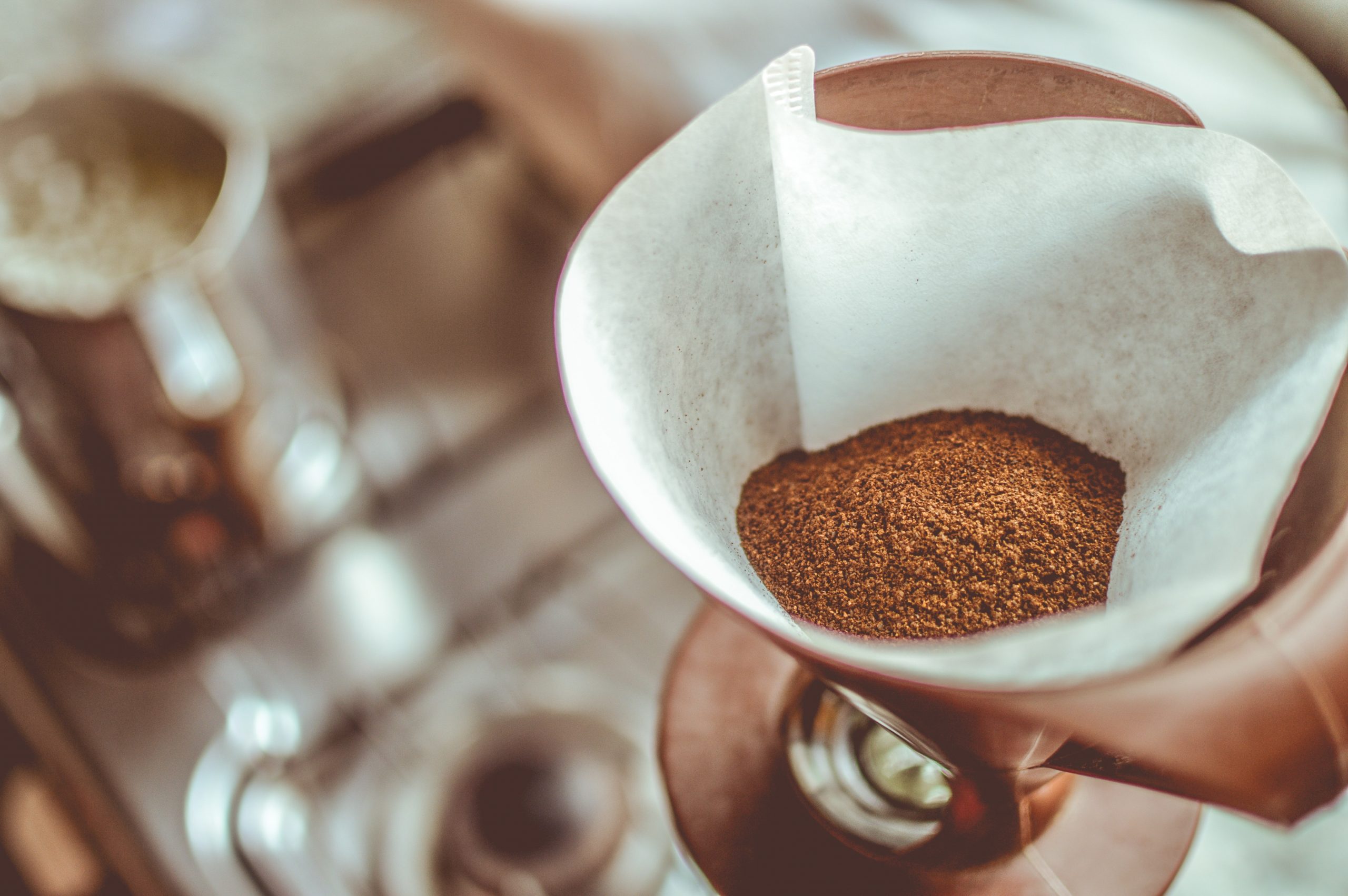Leftover coffee grounds have many practical uses for around the home including as plant fertilizer, insect repellent and natural scrubbing agent.
If you’re looking for ways to reduce your overall waste then you may want to reconsider throwing out your leftover coffee grounds. You can either use coffee grounds from your home brew or stop into your local Good Earth Coffeehouse to pick up a free bag of used grounds.
Below are 5 creative uses for used coffee grounds.
1. Fertilize Your Garden
Your garden loves coffee too! Leftover coffee grounds make for great fertilizer for your plants as coffee grounds contain several key minerals for plant growth.
These minerals include nitrogen, calcium, potassium, iron, phosphorus, magnesium, and chromium (1). To use coffee grounds as fertilizer, sprinkle left over grounds onto the soil of your surrounding plants.
2. Compost for Later
Try adding leftover coffee grounds to your compost and use later to fertilize your plants or garden. Adding compost to your yard or garden can help the soil to hold more nutrients and water, improving the overall health of your plants (2)
3. Repel Insects and Pests
Coffee grounds can make for an excellent insect repellent. The grounds contain compounds such as caffeine and diterpenes which can be toxic to various bugs and pests (3, 4).
Set out bowls of grounds or sprinkle them around areas like outdoor seating or garden to keep away mosquitos, fruit flies, beetles, and other pests (5, 6).
4. Neutralize Unwanted Odors
The nitrogen content found in coffee grounds can help absorb and eliminate unwanted odors within your home (7).
Simply let the grounds dry out and place in areas like your fridge or freezer, bathrooms, gym bags or anywhere that may need some deodorizing.
5. Use as a Natural Cleaning Scrub
Given the coarse texture of Coffee grounds, they make an excellent abrasive cleaner to help remove buildup and provide a chemical free cleaning method.
You can use them to scour your skink, polish cookware, or clean a grill. Be cautious when using on any kind of porous materials as they can cause brown stains.
< Back to Blog